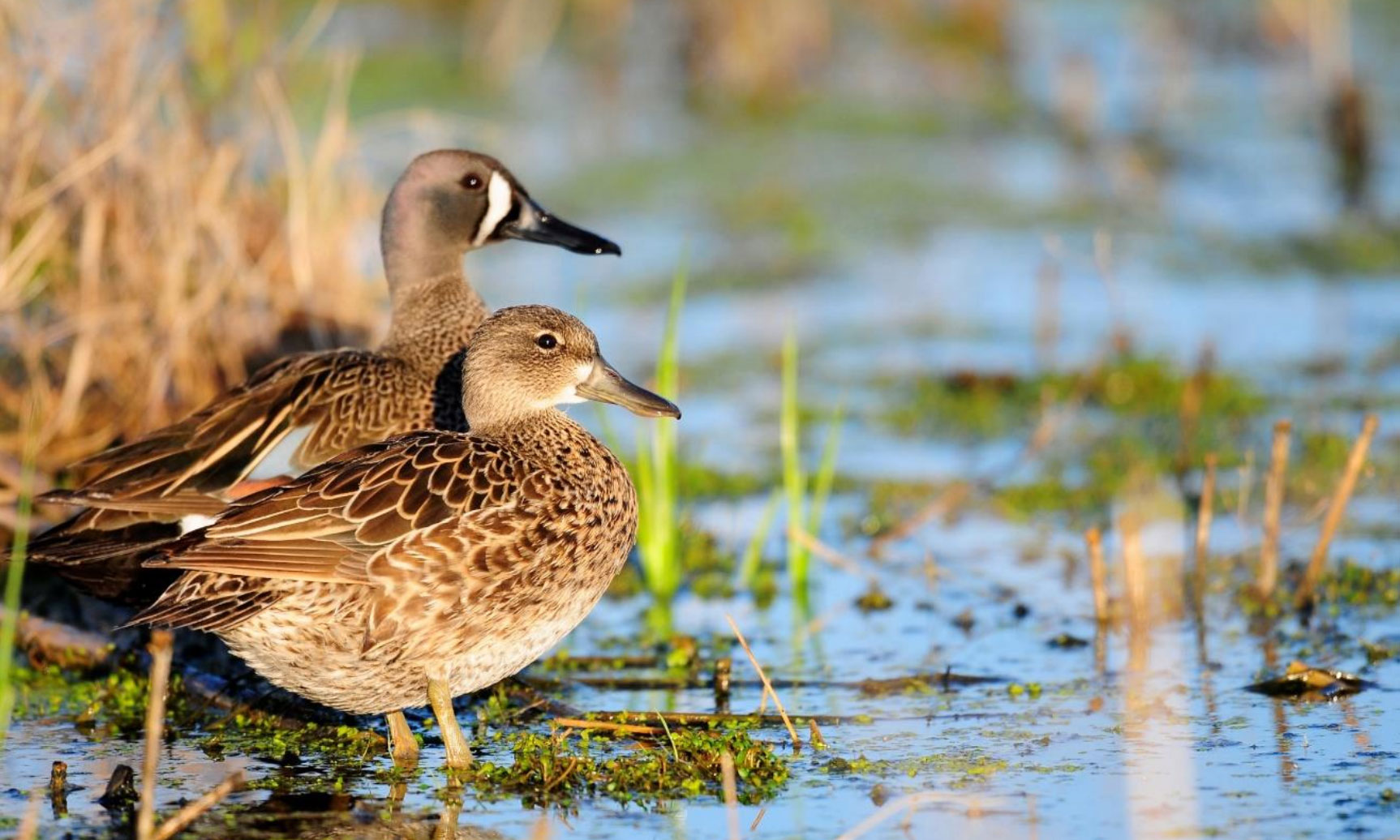Graduate Student: Cheyenne Beach (Co-Advised by Auriel Fournier and Jen Koop)
Since the mid-1970s, lesser scaup (Aythya affinis; scaup) populations appear to be declining without a clear cause. The spring condition hypothesis has emerged as a potential explanation for scaup population declines. The hypothesis postulates that a historic decline in spring food availability for scaup using stopover areas in the Upper Midwest, U.S. is negatively impacting their body condition during spring migration (Anteau and Afton 2004, 2008, 2009). Thus, birds arrive on the breeding grounds in suboptimal body condition leading to decreased reproductive success. This hypothesis is supported by decreasing age harvest ratios (immature to adult) and increasing sex harvest ratios (male to female) observed for scaup (Padding et al. 2005, Raftovich et al. 2021). We suggest trematodiasis, the morbidity and mortality caused by trematode infections, may be contributing to a cascade of negative stressors hens experience during spring migration (Cole and Franson 2006, Sauer et al. 2007). Recently, experiments examining the sub-lethal effects of trematodiasis on captive scaup found that infected female scaup had lower body fat percentages compared to uninfected controls and trematodiasis has the potential to disrupt scaup migration and resource storage efforts for reproduction due to the intestinal damage caused (Funded by W-200-R-1, Beach 2021). Invasive faucet snails (Bithynia tentaculata), the trematodes’ intermediate host, were first detected in the Upper Mississippi River in the early 2000s and waterfowl die-offs due to trematodiasis were detected during the same time frame (Cole and Franson 2006, Sauer et al. 2007). To understand how trematodiasis may be impacting scaup migration and breeding efforts, we propose to tag female scaup in the Upper Mississippi River Valley during spring migration and evaluate the movements and behavior among birds that are likely to be infected and birds that are unlikely to be infected.
Deploy transmitters in female Lesser Scaup over a 2-year period (Spring 2024 and 2025) to assess the impacts trematodiasis has on scaup migratory efforts and reproductive success. We will implant an intra-abdominal transmitter in female scaup to remotely observe their movements and breeding behavior. We will collect a fecal swab from all captured birds and test the swabs for trematodiasis via DNA extraction to determine the birds’ infection status and intensity at the time of capture.

